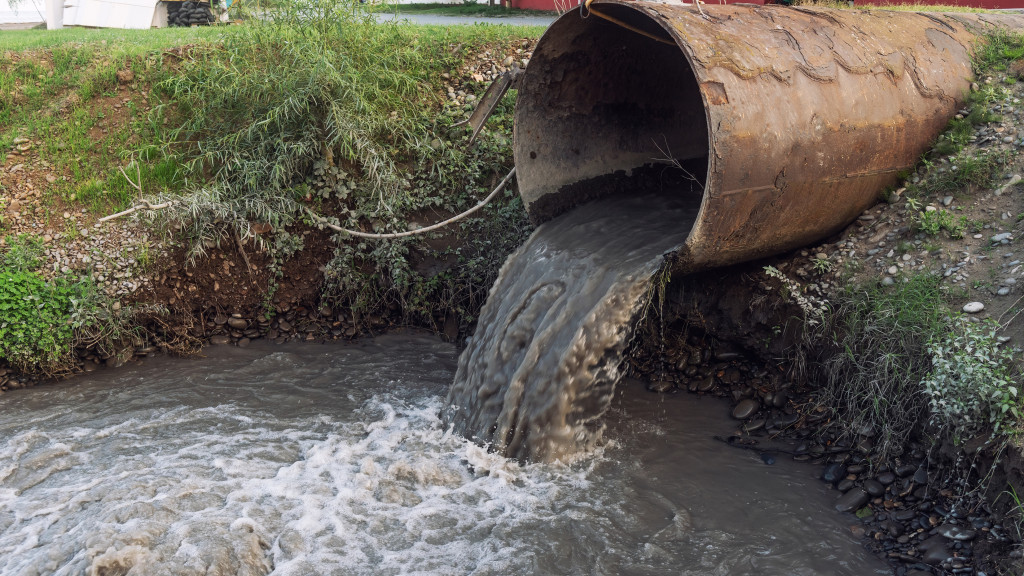ICPDR publishes a new policy guidance on managing hazardous substances pollution

Controlling hazardous substances in the Danube River Basin is challenging due to knowledge gaps, limited understanding, and weak institutional capacity. The ICPDR's new policy paper, based on the Danube Hazard m3c Project's findings, offers solutions from a collaborative effort with ICPDR experts.
Hazardous substances (HS) pollution is a significant water management issue in the Danube River Basin (DRB) that needs basin-wide pollution assessments and harmonized abatement measures through transboundary cooperation. Danube countries have made significant efforts to tackle HS pollution by conducting targeted monitoring campaigns, applying basin scale water quality models and implementing various control measures. Yet, chemicals are still found in the aquatic environment having ubiquitous persistent, bioaccumulative and toxic features and leading to failing good status of surface water bodies. Thus, further steps need to be taken towards a more “toxic-free” DRB, fully in line with the ambitions of the EU Green Deal.
The policy guidance recommends sound policy instruments and effective measures to protect aquatic environment against HS emissions for decision makers in the water management policy field. It offers Danube countries support for the preparation and implementation of their tailor-made national water management policies concerning HS pollution. The guidance will act as a strategic policy framework providing consistent approaches into which the Danube states are encouraged to integrate their individual national methods. It lays down the basis for planning measures subject to individual adjustments according to national conditions.
This document encompasses management level assessments and recommendations to be potentially incorporated into the upcoming Danube and national River Basin Management Plans. This includes recommendations for a HS management strategy and a catalogue of mitigation measures including a qualitative assessment of their potential effects. It also includes an assessment of the “state-of-the-art” understanding obtained on the issue of HS pollution in the DRB, in addition to an overview of the relevant data and knowledge gaps and suggestions on how to overcome them. Thus, it can potentially contribute to achieve an effective and harmonized management of HS water pollution in the DRB, based on the prioritization of measures at transnational level and on the simultaneous consideration of specific territorial needs.





